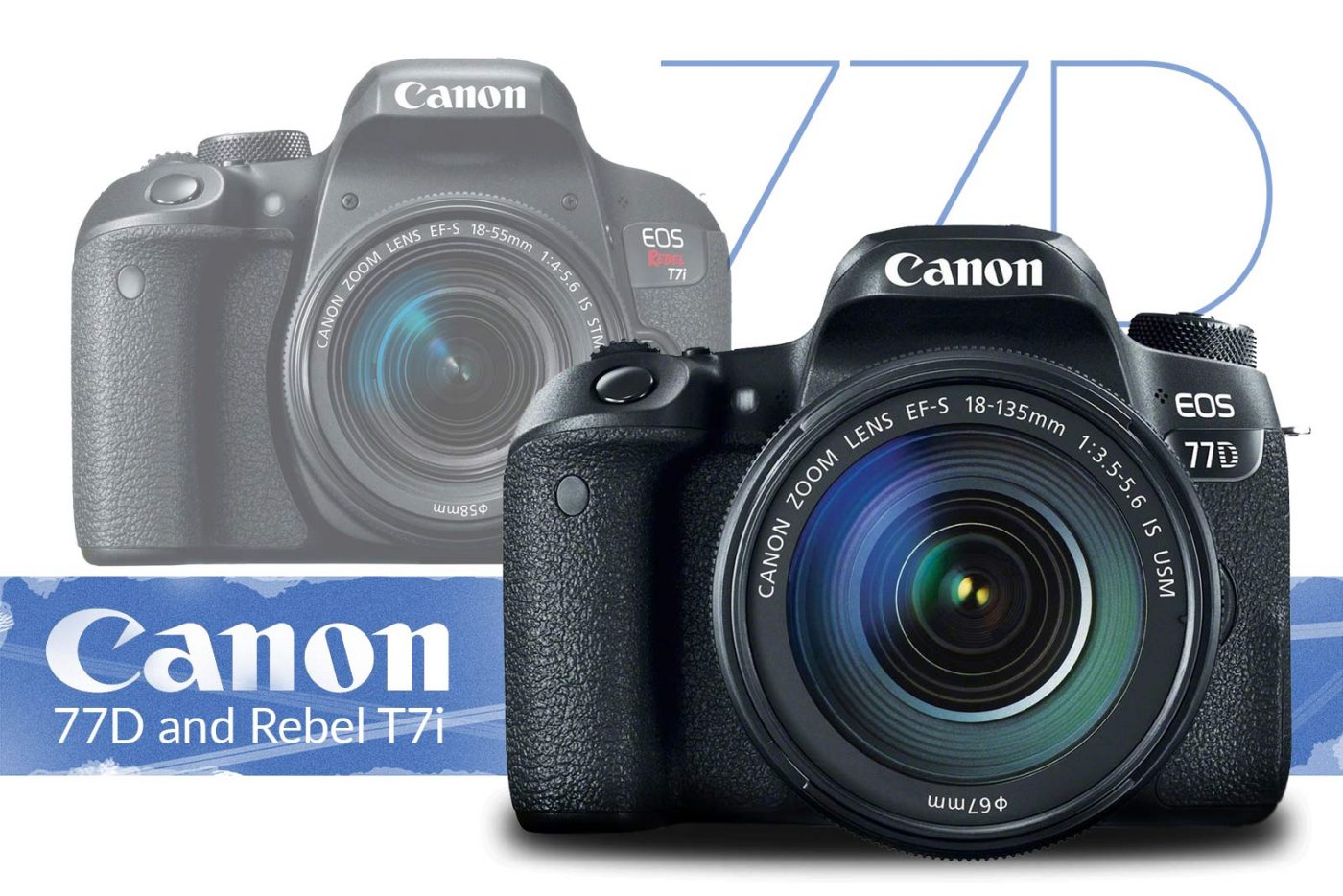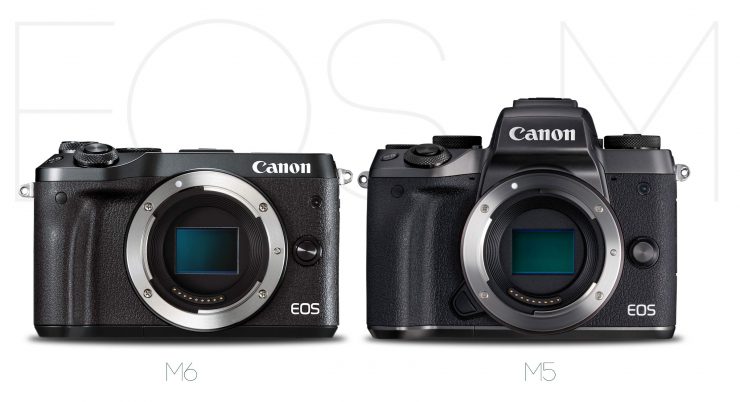Canon Announces Three New Cameras
Canon announced the latest incarnations of the digital Rebel today, the new EOS T7i and 77D, along with a new member of the mirrorless family, the EOS M6. Canon has followed a regular pattern of announcing a new Rebel model every two years, with the T6i and T6s announced in February of 2015, and the T5i announced in March of 2013, though changes between models have sometimes been modest. The EOS M6 follows the announcement of the M5 by only five months, and sits directly below it in the lineup. How different are these cameras from what’s already available? Let’s take a look.
The Canon T7i
The most significant upgrades to the Canon T7i (aka 800D outside the USA) appear to be in the realm of video: the 24 megapixel sensor now has true, dual-pixel AF rather than the hybrid-AF system found in the T6i, and more interestingly, Canon claims that the camera now has electronic 5-axis stabilization when shooting video, made possible by the use of the Digic 7 processor.
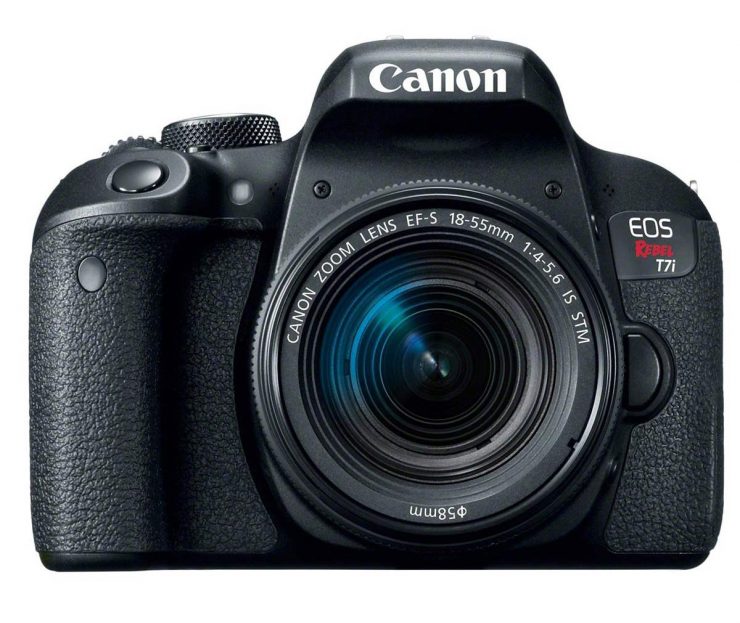
And what about the features for still photographers? Here’s a quick look at the differences:
| Canon T6i | Canon T7i | |
|---|---|---|
| Sensor Resolution | 24.2 Megapixels | 24.2 Megapixels |
| ISO Range | 100-12800 +25600 | 100-25600 +51200 |
| Shutter Speeds | 30 - 1/4000 | 30 - 1/4000 |
| Flash Sync | 1/200th | 1/200th |
| Max. Frame Rate | 5 fps | 6 fps |
| Autofocus Points (total, all cross type) | 19 | 45 |
| Autofocus For Video | Hybrid CMOS AF III | Dual Pixel AF |
The T7i has a dramatically improved autofocus system, now with 45 cross-type AF points. The burst frame-rate has increased from 5fps to 6fps, which may also help some action shooters.
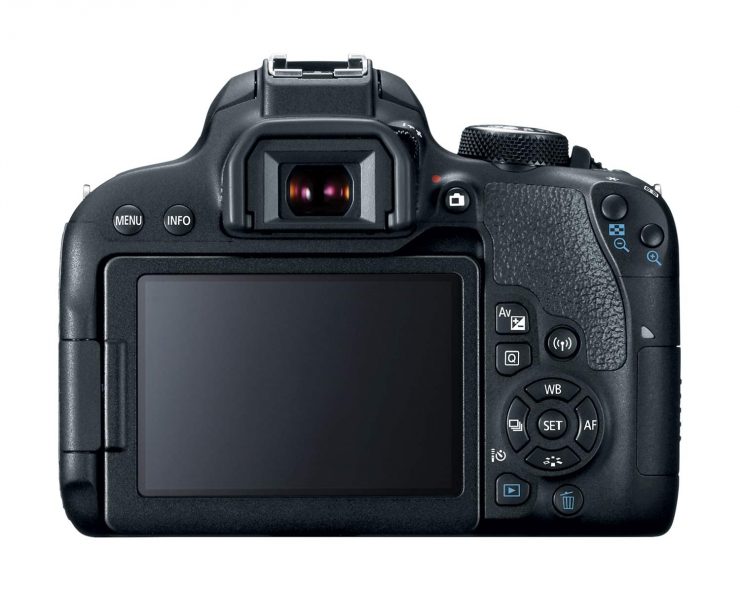
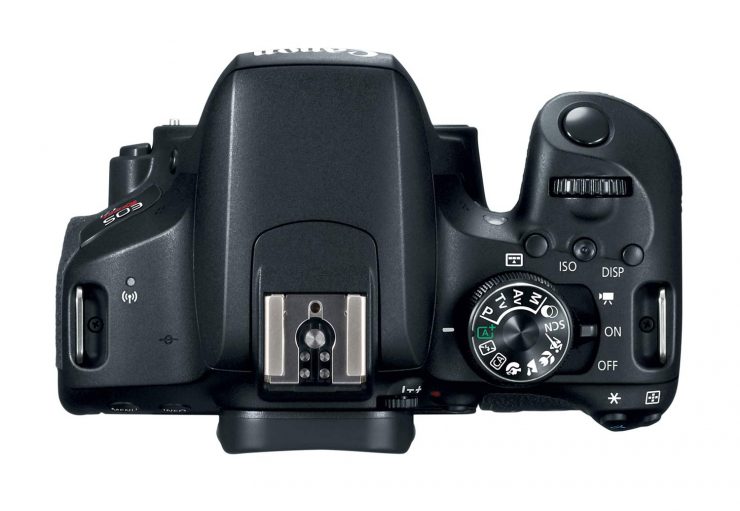
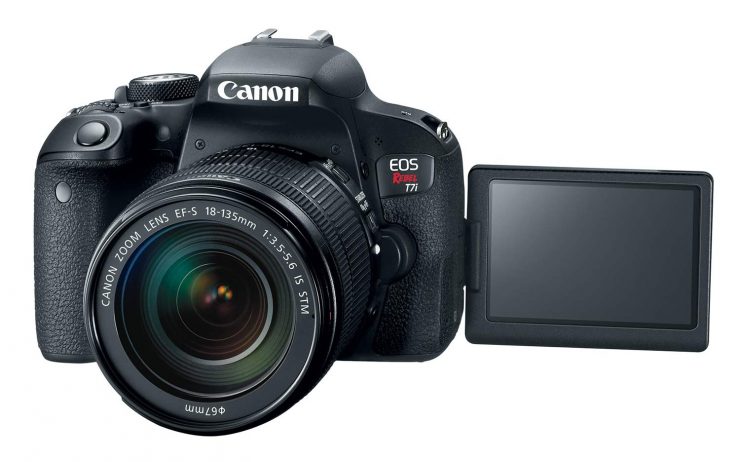
Canon 77D
The naming of the Canon 77D might seem a bit odd at first. After all, the Canon 80D (announced one year ago) was the latest model in the x0D series, not the 70D, which gives the impression of a step backward for the new model. What this actually means that that Canon has made a marketing decision to move the successor to the T6s out of the “Rebel” zone. Rather than announcing a T7i and a T7s, which are confusingly similar names for those who are just entering the marketplace, the T7s is now being called the 77D.
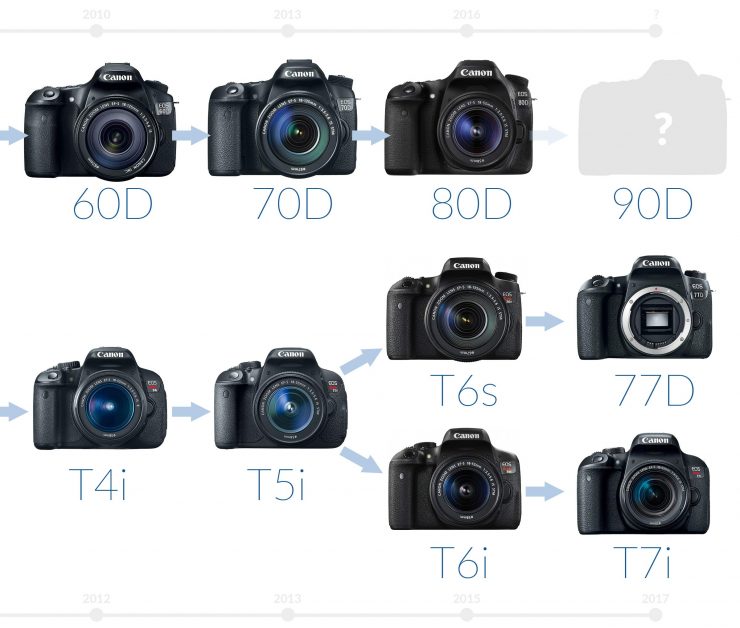
So how does the Canon 77D compare to the T7i and the 80D? Here’s a quick summary:
| Canon T7i | Canon 77D | Canon 80D | |
|---|---|---|---|
| Sensor Resolution (Megapixels) | 24.2 | 24.2 | 24.2 |
| ISO Range | 100-25600 +51200 | 100-25600 +51200 | 100-16000 +25600 |
| Shutter Speeds | 30-1/4000 | 30-1/4000 | 30-1/8000 |
| Flash Sync | 1/200th | 1/200th | 1/250th |
| Max. Frame Rate | 6 fps | 6 fps | 7 fps |
| Autofocus Points (All Cross Type) | 45 | 45 | 45 |
| Anti-Flicker | NO | YES | YES |
| Size | 131.0 × 99.9 × 76.2mm | 131.0 × 99.9 × 76.2mm | 139.0 x 105.2 x 78.5mm |
| Weight (CIPA) | 532g | 540g | 730g |
Aside from the body differences in the 77D (top LCD and rear thumb dial rather than a control pad), the 77D adds one important feature for photographers: anti-flicker shooting. This gives the camera that ability to detect when a rapidly flickering light source (like LED or some fluorescent lights) is at it’s peak brightness and release the shutter to capture the optimal amount of light. This is done with the aid of a 7650-pixel RGB+IR metering sensor.
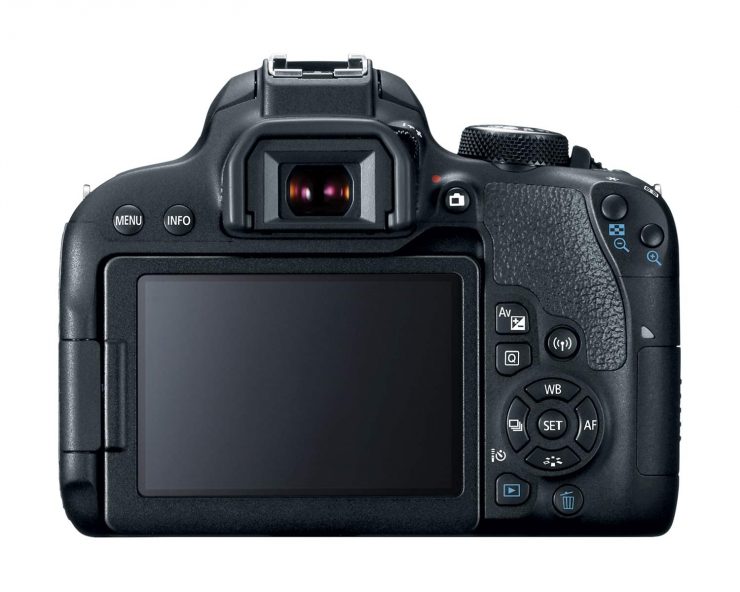
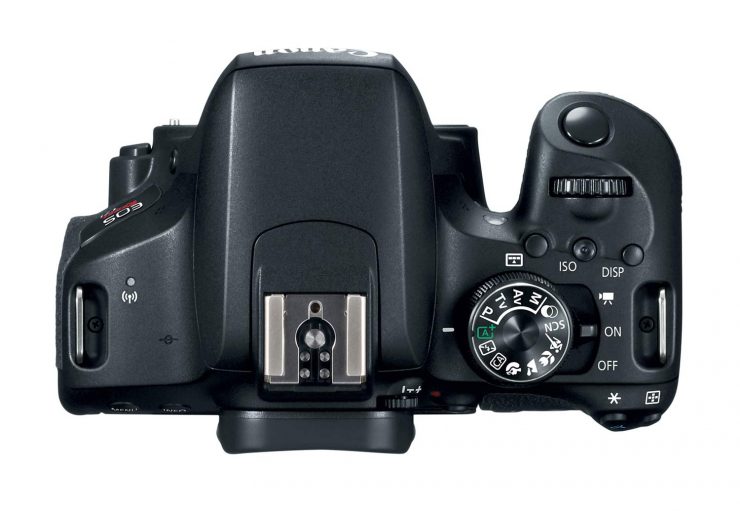
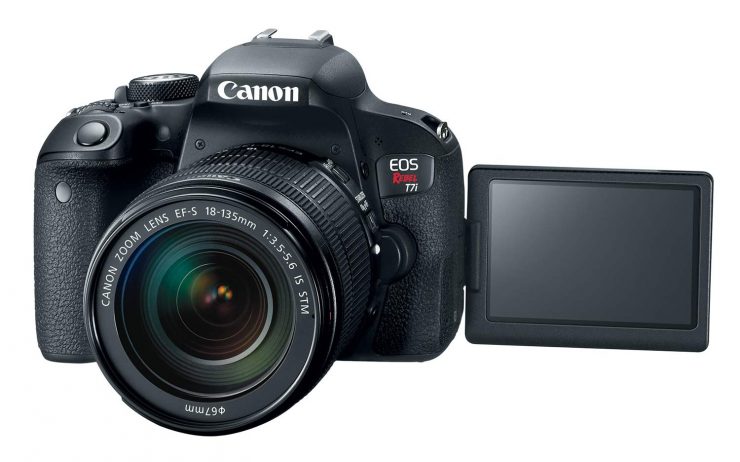
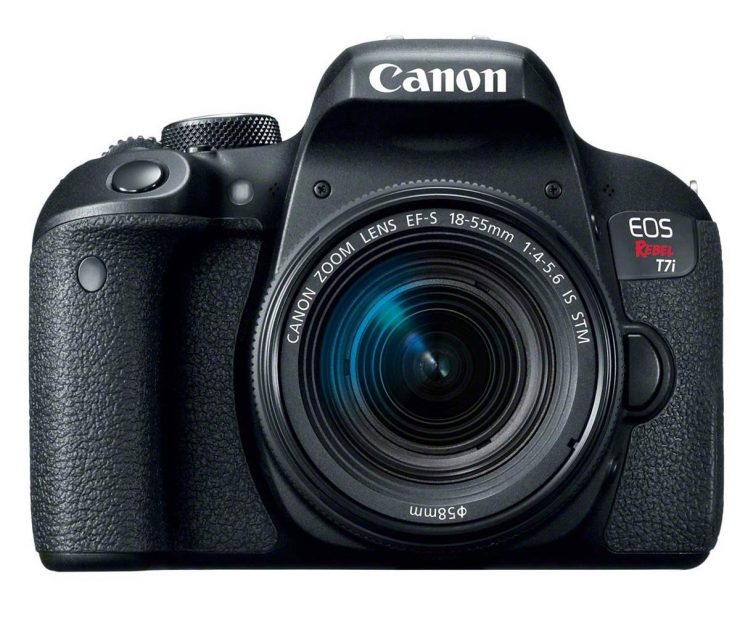
Canon EOS M6
Considering the recent release of the M5, it is not surprising that the M6 doesn’t offer much in the way of exciting new features, especially given that (in accordance with Canon’s naming schema) the M6 is a step below the M5 in features and cost, much as the 6D was a step below the 5D series cameras.
So the real question that we should be asking is, what did Canon strip away from the M5 in order to give us a better price on the M6? The most obvious answer there is the viewfinder; the M6 has no electronic viewfinder, forcing users to shoot with the camera held away from the face while looking at the rear LCD screen (annoying to many photographers but familiar to those who use smart phones). However, for those of us who can’t live without a viewfinder, Canon will sell an add-on electronic viewfinder that connects to the top of the camera. Otherwise, there are no obvious differences between the two cameras.
The M6 will be available with an all black body or with a silver and black finish.
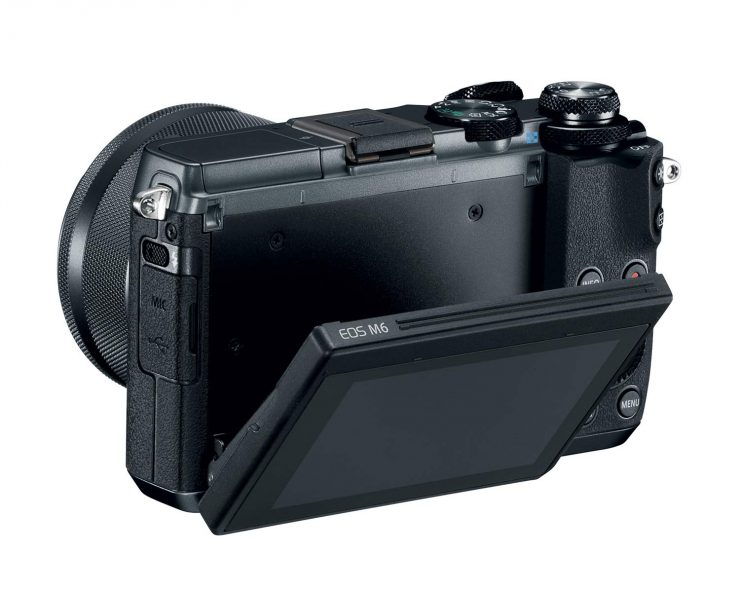
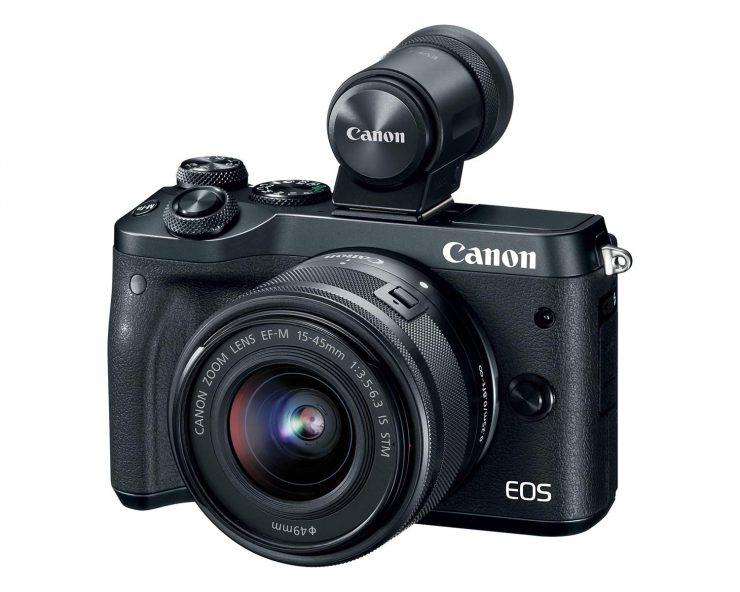
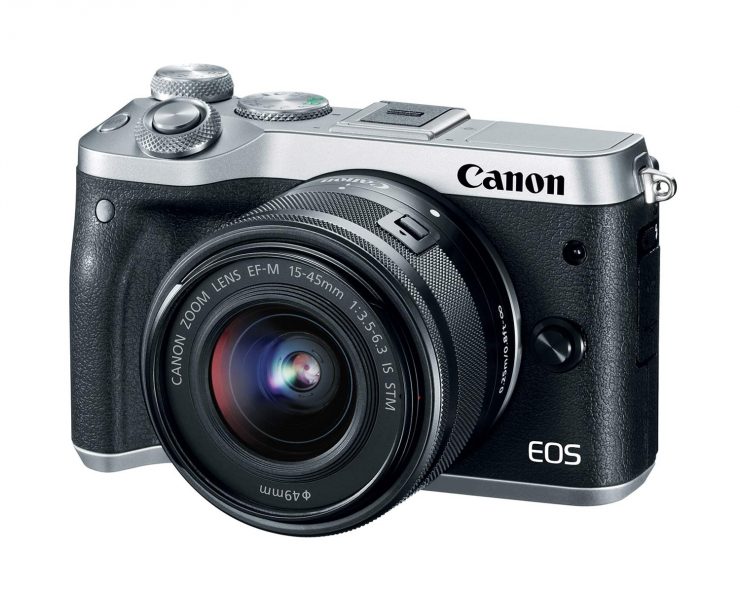
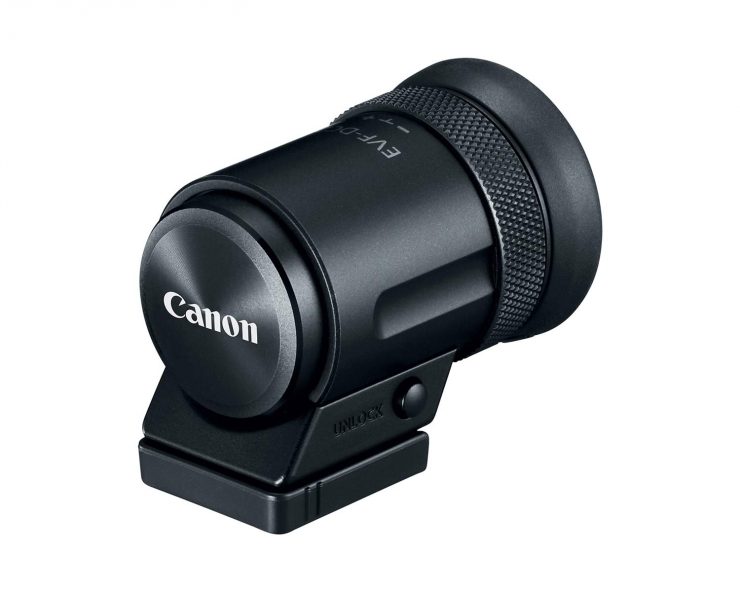
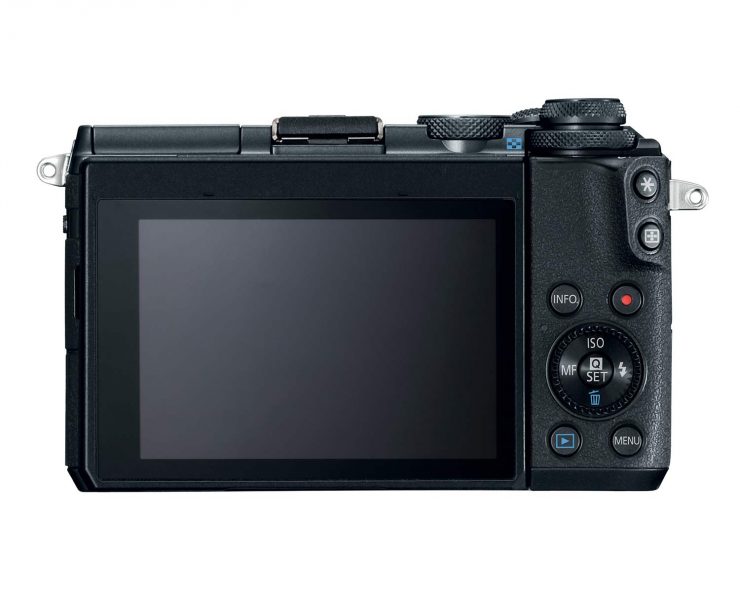
| Canon EOS M5 | Canon EOS M6 | |
|---|---|---|
| Sensor Resolution | 24.2 | 24.2 |
| Electronic Viewfinder | Built-In | Optional Accessory |
| ISO Range | 100 - 25600 | 100 - 25600 |
| Shutter Speed Range | 30 - 1/4000th | 30 - 1/4000th |
| Burst Frame Rate | 9 fps w/focus lock 7 fps w/focus | 9 fps w/focus lock 7 fps w/focus |
| AF Points | 49 | 49 |
| Weight (CIPA) | 427g | 390g |
Prices & Availability
The Canon T6i and T6s bodies initially went on the market with a $100 price difference, though that has currently grown to $200 as the price of the T6i body has dropped. With the introduction of the 77D, that initial price difference has increased by $50, with the T7i body at $750 and the 77D body at $900. Both will be available at the beginning of April.
The M6 will cost $780, which is $200 less than the current price of the M5. However, if you add in the price of the electronic viewfinder (EVF-DC2) at $250, it actually costs more than the M5. Why anyone would opt to buy the M6 and the separate EVF is a mystery to me.
All of these cameras are now available for pre-order from our favorite retailers…

